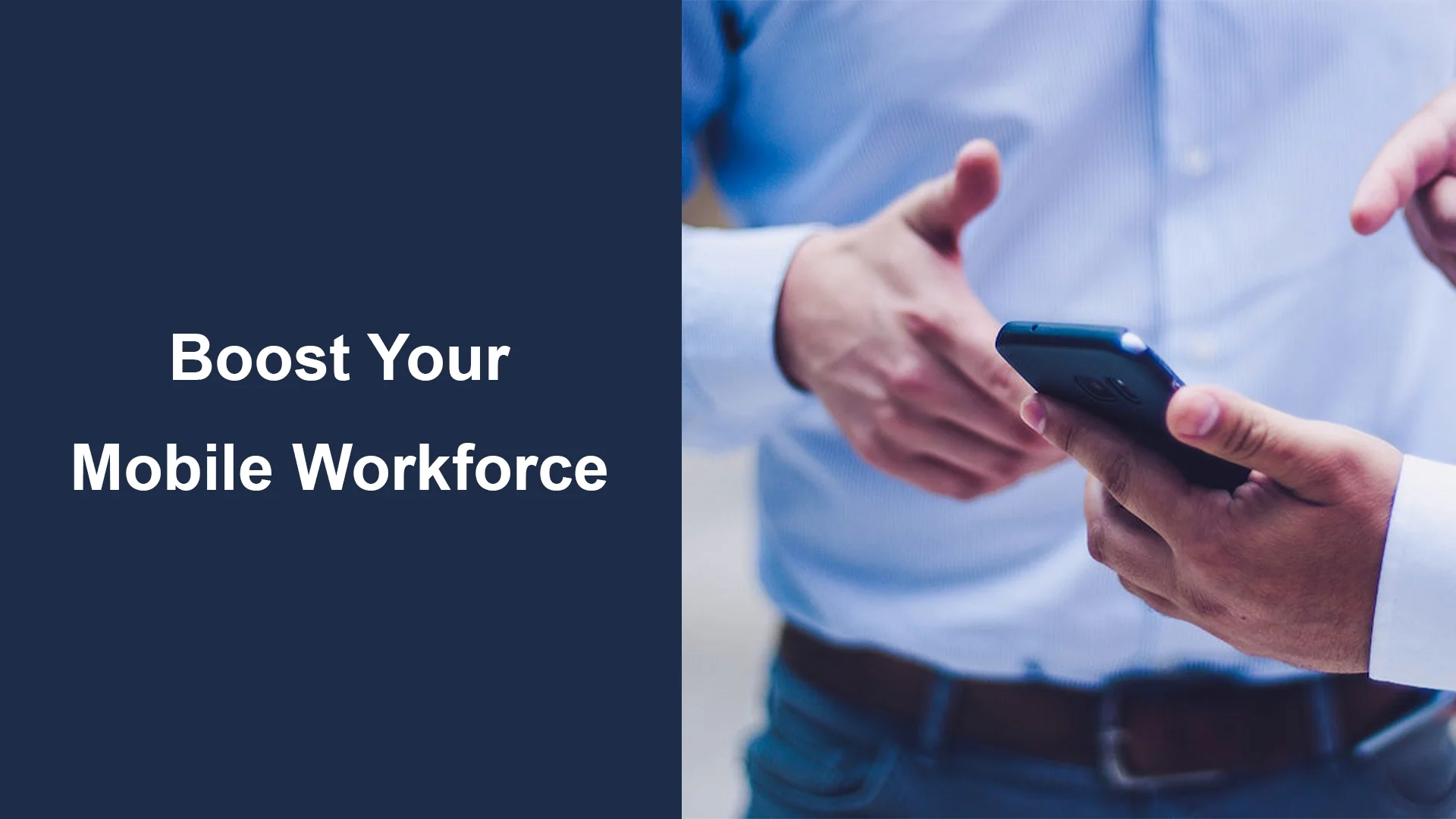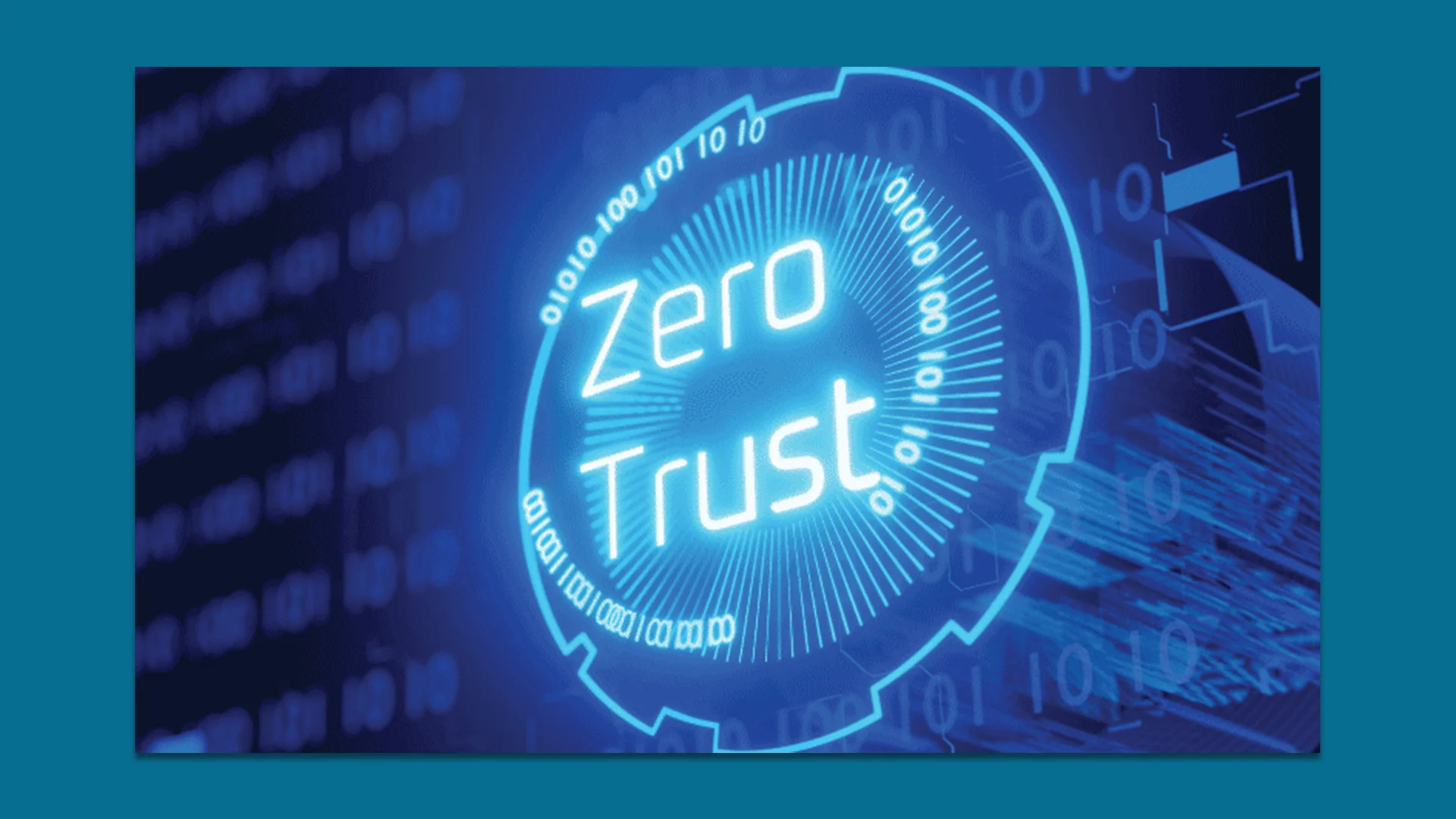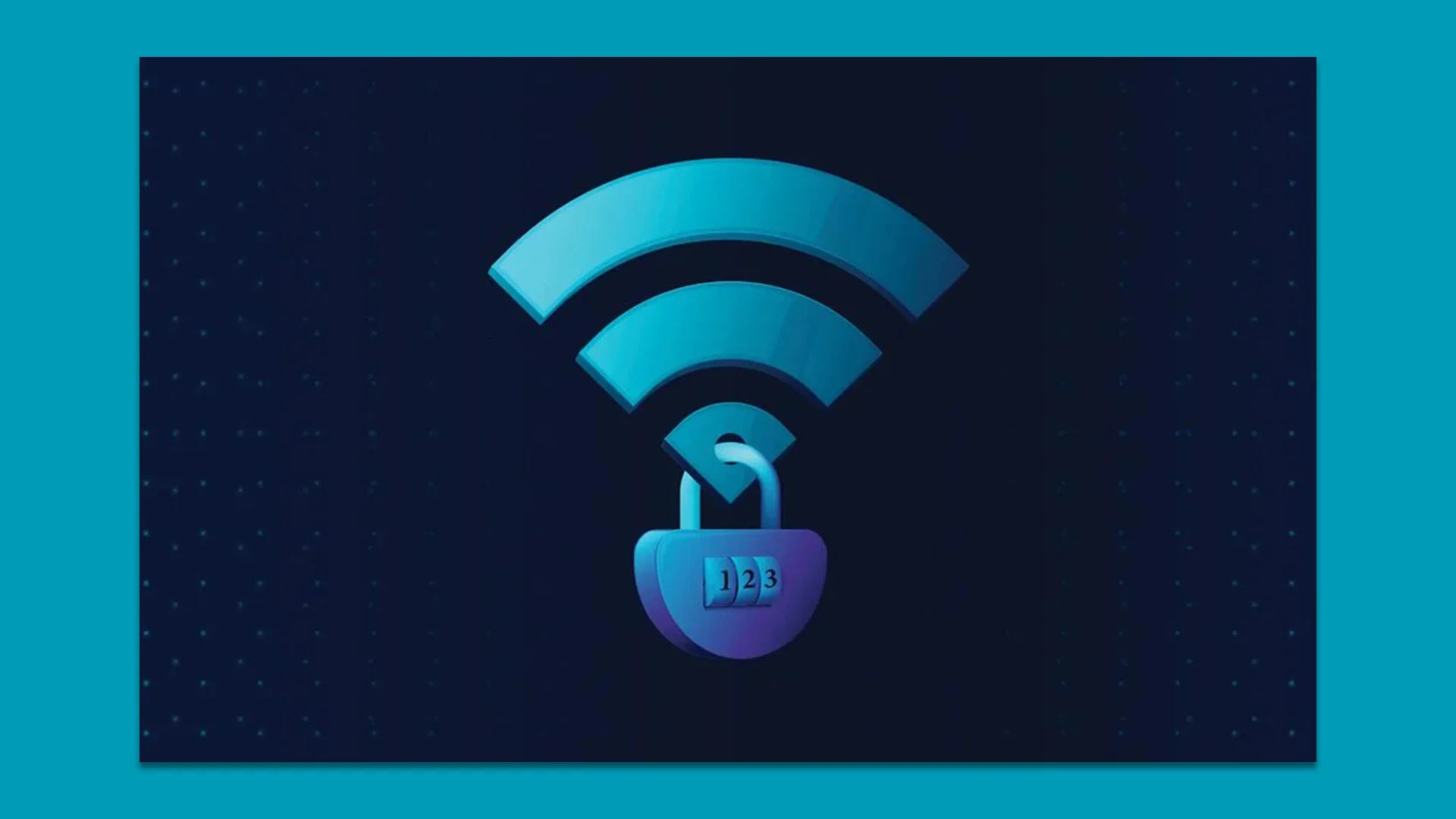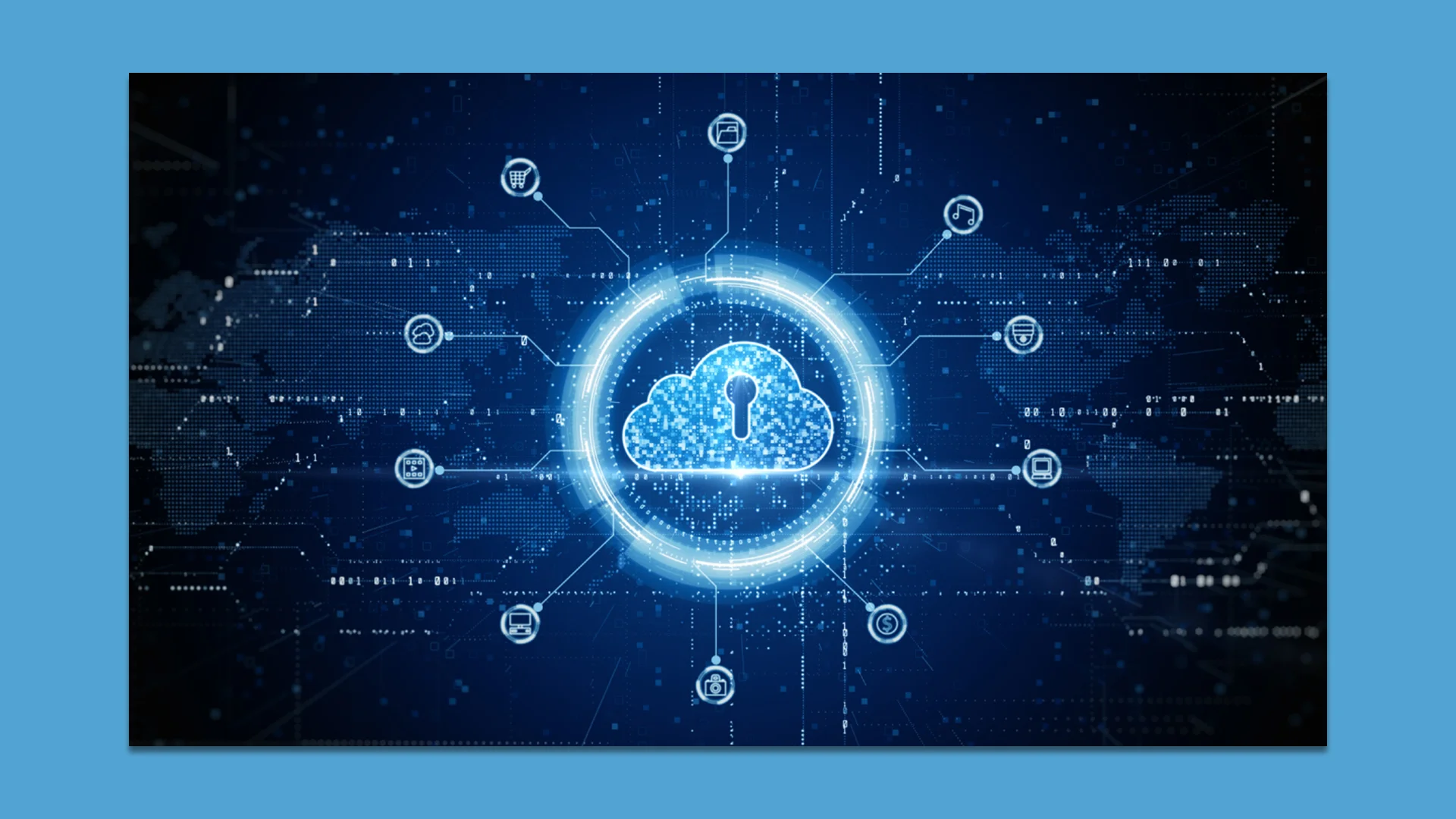In recent years, remote and hybrid working schedules have increased as businesses and employees pursue convenience, cost-effectiveness, and productivity. This has led to the rise of mobile workforce, as people now work on the go from their endpoint devices. However, this flexibility comes with significant cyber threats you should be aware of and ready to contain.
So, how can businesses protect their employees against such threats? Here’s a detailed explanation of securing a mobile workforce from cyber threats. Read on for more information:
Ensure Endpoint Protection
Endpoint users and devices are among the most critical aspects of cybersecurity. They are very vulnerable and an easy target for attackers. Therefore, when protecting your workforce, you need to focus on them and ensure they have robust security features and tools.
One way to do this is by working with cyber security management services offering endpoint protection solutions such as checkpoint harmony. This solution can use AI threat hunting and behavioral analysis to protect your workforce against evolving threats. It can also protect your workstations against any form of threat.
Additionally, you need to ensure that all endpoint devices are regularly updated and patched. Keeping operating systems, applications, and security software up to date is crucial in mitigating vulnerabilities that attackers could exploit.
Implement Zero Trust and Least Privilege
A zero-trust protocol is a security measure that requires verifying every user and device. The never-trust policy ensures that before a device or user accesses any sensitive data, there should be authentication, whether they’re inside or outside the company network.
The principle of least privilege also grants employees access to only information and resources necessary to their roles. This means a user will not access information outside their task at any given time. To access such details, they must make a request, which will leave trackable logs.
Additionally, ensure you review access controls after some time to ensure employees don’t have unlimited access. For example, if a task takes only five days, you can grant an employee access for about six days, and the task is automatically revoked.
Enforce Strong Authentication and Password Policies
Passwords were still the most used security measure for many companies as of 2023. However, they’re still among the most vulnerable, with over 59% of respondents in a security survey saying compromised passwords led to a successful attack. As such, businesses must enforce strong password policies for their mobile employees.
For instance, they should create unique passwords with 12 characters comprising capital and small letters, numbers, and special characters. Additionally, the passwords shouldn’t be reused on other sites so that others will be safe if one is compromised. They should also change their passwords regularly, like every month.
Besides passwords, your mobile team should have multi-factor authentication on all their devices. This could be done through SMS or authenticator apps, and it adds an extra layer of security by requiring a one-time PIN that changes some before logging in. Even if a password is compromised, an attacker won’t get access to crucial information and data without the pin.
Use Secure Wi-Fi Connections
Your mobile team should be encouraged to use secure Wi-Fi connections, especially when working away from the office. Public Wi-Fi networks can be a hotbed for attackers, as the data passing over such networks is not encrypted. This makes them a prime target for man-in-the-middle attacks to steal passwords, personal information, and other credentials.
If your employees have to connect over such Wi-Fi networks, they should do so over virtual private networks (VPN). This helps to encrypt networks and ensure private and secure connections even when doing so over public Wi-Fis.
Implement Mobile Device Management (MDM)
MDM is one of the best ways to monitor, manage, and secure employees’ devices. When your mobile team is away from the office, they can easily lose their devices, which means crucial company data will be in unauthorized hands. So, how do you protect your company’s data in such cases?
Implementing MDM will give your IT administrators control to wipe out any data from the device remotely. However, this is only possible if employees communicate quickly and report stolen devices in time. Additionally, your IT administrators could also enforce security policies remotely to ensure that devices and employees are compliant with the organization’s security measures.
Update and Patch Devices Regularly
Cyber threats are constantly evolving, so your security features should keep up. If your applications and devices are not updated to the latest security standards, they could be the weak points that attackers often target. Such vulnerabilities will expose your mobile workforce, whether inside or outside the company’s security network.
To mitigate such risks, implement a policy where employees must update their applications whenever a new patch is released. You can automate this process through mobile device management solutions that will keep employee devices updated and patched against any threat.
Use Cloud Security Measures
Cloud technology is a game-changer for remote teams in terms of efficiency and security. For teams that work remotely, cloud computing is an integral part of their strategy, but it comes with several security challenges, especially as attackers target data stored on the cloud.
The best way to protect your team is through cloud access security brokers (CASBs) solutions that ensure each connection is encrypted and access protocols are enforced for every employee. This helps to protect cloud-based applications and the data stored there. Before working with cloud services, you can also talk to them about their security measures and how their systems are designed to protect both the employee and the organization.
Train Your Employees
Your employees are the first line of defense against cyber threats. In fact, statistics show that 34% of businesses are affected by insider threats globally. If your employees are not well prepared on the best practices to identify, avoid, and report threats, they can be a weak link in your security infrastructure.
You must train them to recognize phishing attempts, avoid malicious links, and safeguard sensitive information. Clear documentation on steps, such as reporting the incident, should also ensure thorough investigation and containment. Employees should also know the importance of regularly updating their devices and applications to patch vulnerabilities.
Conclusion
The current hybrid and remote working models mean many mobile employees can work from anywhere. However, this has led to increased security vulnerabilities, and businesses should move quickly to protect their workforce. Implementing the strategies discussed in this article is a sure way of ensuring that your mobile workforce is secure from cyber threats.
nandbox App Builder
Modern companies trying to remain nimble and competitive need a mobile workforce. nandbox App Builder lets businesses equip their teams with powerful mobile applications meant to keep staff connected and efficient from any location. Nandbox lets companies create native mobile apps without coding, customised to their particular requirements for internal communication, task management, or field service coordination. These tools guarantee that remote workers stay engaged and efficient by including real-time texting, push alerts, GPS tracking, and secure data management. Using nandbox’s no-code platform, companies can easily assist their mobile workforce and promote corporate growth.






